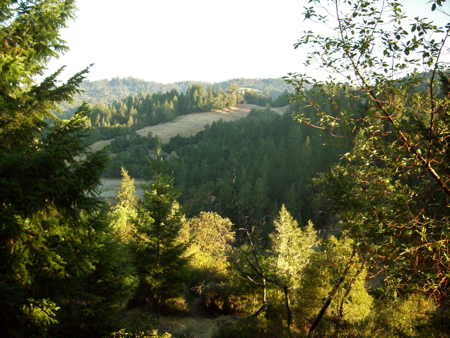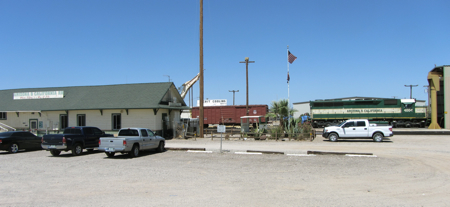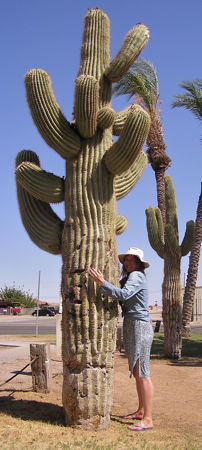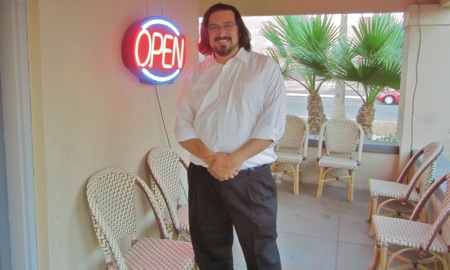Paul, our host at Cobb Mansion B & B, prepared baked eggs with herbs and cheese in individual egg cups, bacon, fresh fruit, and rolls. He said he was disappointed in the rolls because he can’t get the second rise to happen in Virginia City, which is 6,200 feet above sea level. This led to a discussion about high altitude baking. Anna, one of the other guests, and a native of Germany, said that when she moved to Utah where she now lives, she had to give up baking some cakes and other traditional baked goods because they all came out flat. Paul said that, contrary to what you might think, high altitude baking requires less leavening, not more. It was all very interesting to hear, but I decided I was glad we live near sea level.
The drive across Nevada was notable because it rained off and on all day long. The sagebrush was greener and brighter-looking than I had ever seen it before. We stopped at one rest stop — nothing more than a gravel lot with two pit toilets — that was surrounded with yellow flowers. In places, the flanks of the mountains, seven or eight thousand feet high, were covered with light green. I have never seen this stretch of Nevada look so alive. And looking out across the wide open spaces between the mountain ranges we could see rain showers moving across the landscape:
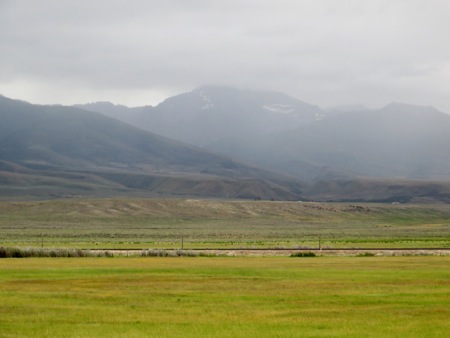
We didn’t see the sun for nearly the entire day. We stopped for lunch in Winnemucca, and the cloudy sky seemd to make the garishly colored signs for motels and casinos look even brighter:

The sun came out briefly and brilliantly for us when we stopped in Wendover, where it made the town look less tawdry and depressing for the short time it shone. The long drive across the salt flats of Utah was made more tolerable by the audiobook we’re listening to, A Thief of Time by Terry Pratchet. We finally arrived at our cheap motel near the Salt Lake airport at a quarter to ten, feeling just a little bit road-weary.


